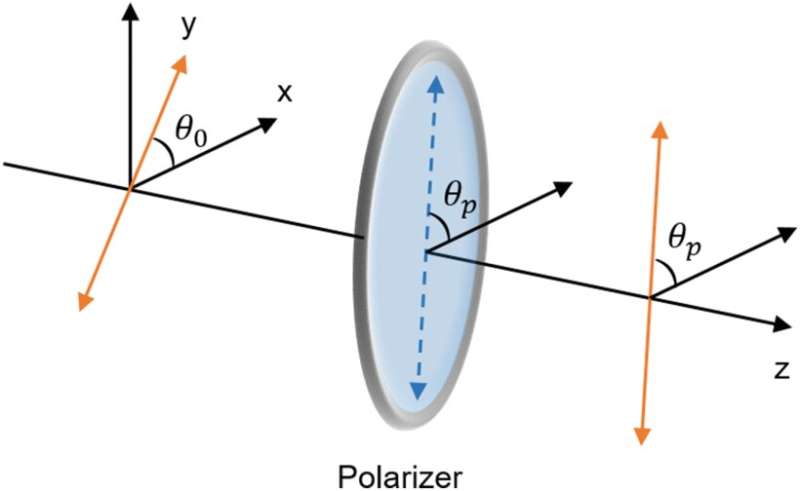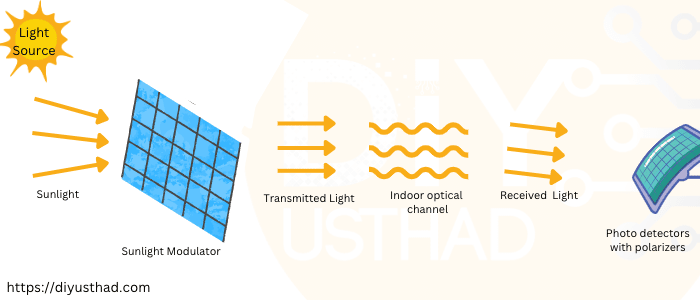These are special polarized Intelligent windows that use sunlight to transmit data to an unlimited number of devices in a room simultaneously.
How data is transmitted?
Modulating signals is the fundamental component of digital data transmission. The differences simply relate to the data transmitters’ modulation techniques and the transmission medium. Everything from USB to HDMI is built on the most basic implementation, which is essentially modulating an electrical signal sent over one or more standard copper wires.
A radio signal at a 2.4GHz or 5GHz frequency is modulated and disseminated by WiFi to accomplish the same task. Any electromagnetic wave, including sunshine, is capable of carrying a modulated signal. These unique polarized intelligent windows make use of that characteristic to send data concurrently to an infinite number of devices in a room.
What is polarization?
Polarization is a property applied to transverse waves that specify the geometrical orientation of the oscillations. In a transverse wave, the direction of motion of the wave is perpendicular to the direction of the oscillation.


Although generally invisible to human sight, this has a variety of uses. For example, an LCD screen features two polarizer film layers that allow the backlight to pass through the LCD panel itself. You wouldn’t be able to view the information on the screen if you took out the outer polarizer.
Intelligent Windows
These intelligent windows make use of a unique polarizer material that polarizes light only when it is connected to electrical power. One can encode invisible data in the sunlight that enters through the window by swiftly turning that polarizer on and off (modulation).


Here, the reception is the advantage. That modified sunlight signal can be picked up by an almost infinite number of distributed devices in the room. Then, using very basic technology (essentially just a light sensor), the devices can decode the solar signal, which is significantly less expensive than a traditional radio receiver.
Only two things can affect how quickly data is transmitted: the polarizer’s switching rate and the light sensor’s response time. Since fiber optic systems rely on highly quick light sensors, the polarizer speed is what matters.
The group responsible for this smart window technology claims to have already attained 16kbps. Although dial-up internet was capable of greater speeds, this is still fast enough to provide relevant data to gadgets for the Internet of Things and home automation applications. The group is confident that they can boost that to megabits or even gigabits per second. The usefulness of these smart windows would rise as a result of the quicker speed.
Disadvantages
These intelligent windows do have two very clear drawbacks, though. First, they need natural light or artificial light that shines through the windows. That practically implies that they won’t work at night. The second is that data can only be sent by smart windows; data cannot be received by them. But these smart windows have a lot of potential because of how inexpensive and energy-efficient they are.
More information:
Sahar Ammar et al, Design and Analysis of LCD-Based Modulator for Passive Sunlight Communications, IEEE Photonics Journal (2022). DOI: 10.1109/JPHOT.2022.3200833

